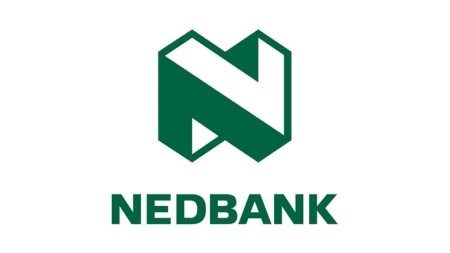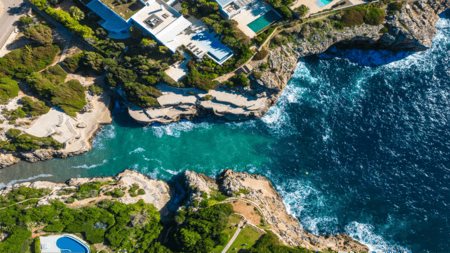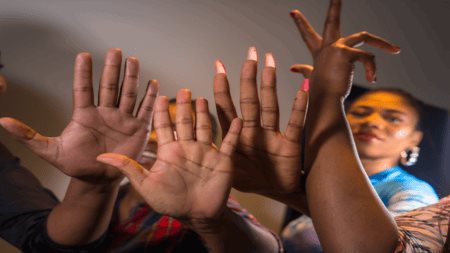A fair proportion of Rawson Properties' clients now accept that it would be a good idea to live in a green home. One that reduces the consumption of energy and water, recycles its waste and needs relatively little maintenance.
However, although people accept green concepts, they often do so in a vague way that reveals that they simply do not understand the subject. On investigation it turns out that they have relatively little knowledge of the subject.
Employ an architect and build
Furthermore, if they are trying to buy such a home on the current market, they are likely to be disappointed as there are very few genuinely green homes available for sale. The upshot, therefore, is that if the client is really sincere about wanting a green home he will probably have to employ an architect familiar with green technology - and then build for himself.
A properly designed eco-friendly building would:
• Be orientated so as to maximize the use of solar energy, not just through solar panels, but also through the correct placing of the building's thermal mass. The home would be sited so as to be warm and light-filled all year-round - but, at the same time, it would have adequate protection against overheating. The solar heating could well be supplemented by alternate low-energy sources, such as a heat pump.
• Collect rain water for use in a variety of ways and would ensure that its grey water is used to irrigate the garden. If a swimming pool is installed, roof-heated solar heating might be used to raise the temperature of its water.
• Use at least some recycled materials in its structure and possibly elsewhere, and it would avoid the use of scarce threatened materials, such as certain subtropical woods.
• Shun the use of all potentially harmful materials. Many materials, such as paints, plastics and treated timber give off more harmful emissions than home occupants know about. Adequate natural ventilation, therefore, is also a prerequisite of any well-designed ecologically-friendly home.
Paul Henry, MD of Rawson Developers, has said that while his company supports the recent Cape Metro legislation for the introduction of green technology, it has to be recognised that this, in most cases, adds 12 to 15 percent to the cost of the unit. However, it also reduces the annual running costs by 5 to 8 percent. It is, therefore, definitely worth going the green route, especially as it is now a proven fact that such buildings are far more beneficial to the health of the occupants.
*Taken from Bizcommunity with permission from Rawson's.



